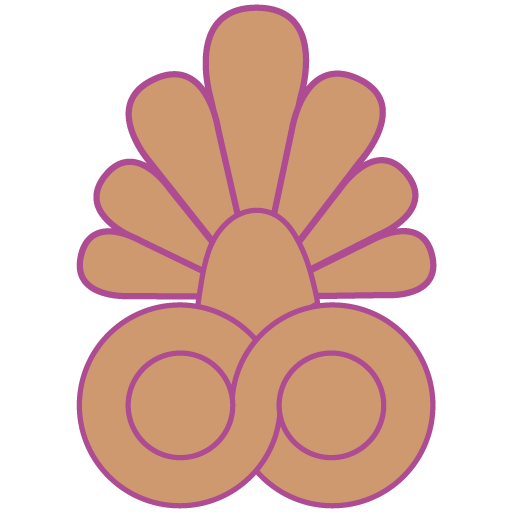Woodland Spirits

Table of Contents
The Satyrs were a race of woodland spirits, who evidently personified the free, wild, and untrammelled life of the forest.
Their appearance was both grotesque and repulsive; they had flat broad noses, pointed ears, and little horns sprouting from their foreheads, a rough shaggy skin, and small goat’s tails. They led a life of pleasure and self-indulgence, followed the chase, revelled in every description of wild music and dancing, were terrible wine-bibbers, and addicted to the deep slumbers which follow heavy potations. They were no less dreaded by mortals than by the gentle woodland nymphs, who always avoided their coarse rough sports.
In the Train of Dionysus
The Satyrs were conspicuous figures in the train of Dionysus, and, as we have seen, Silenus their chief was tutor to the wine god. The older Satyrs were called Silens, and are represented in antique sculpture, as more nearly approaching the human form. In addition to the ordinary Satyrs, artists delighted in depicting little Satyrs, young imps, frolicking about the woods in a marvellous variety of droll attitudes. These little fellows greatly resemble their friends and companions, the Panisci.
In rural districts it was customary for the shepherds and peasants who attended the festivals of Dionysus, to dress themselves in the skins of goats and other animals, and, under this disguise, they permitted themselves all kinds of playful tricks and excesses, to which circumstance the conception of the Satyrs is by some authorities attributed. In Rome the old Italian wood-divinities, the FAUNS, who had goats’ feet and all other characteristics of the Satyrs greatly exaggerated, were identified with them.
From: Berens, E.M. The Myths and Legends of Ancient Greece and Rome. New York: Maynard, Merril, & Co., 1880. Text in the public domain.

